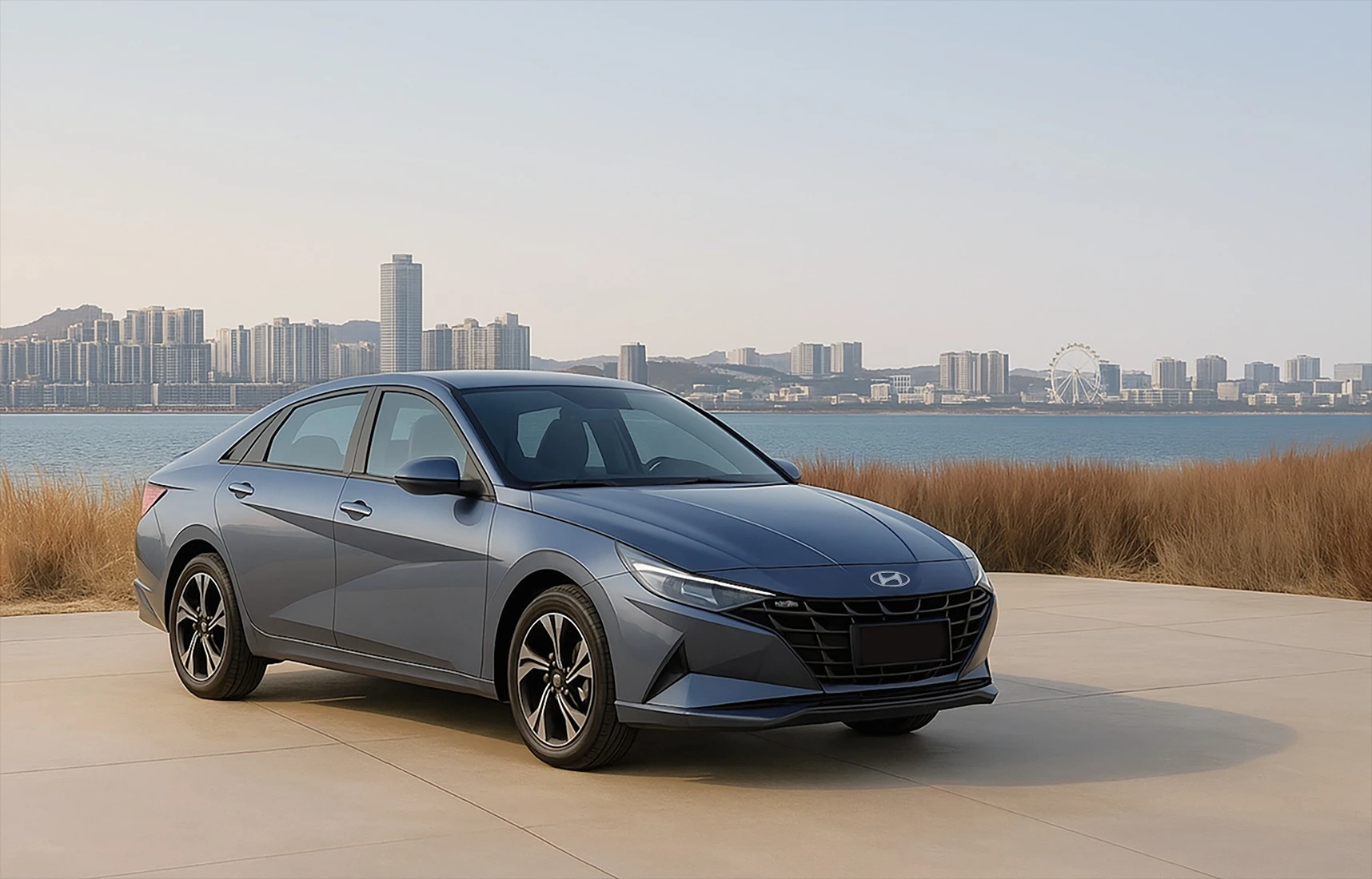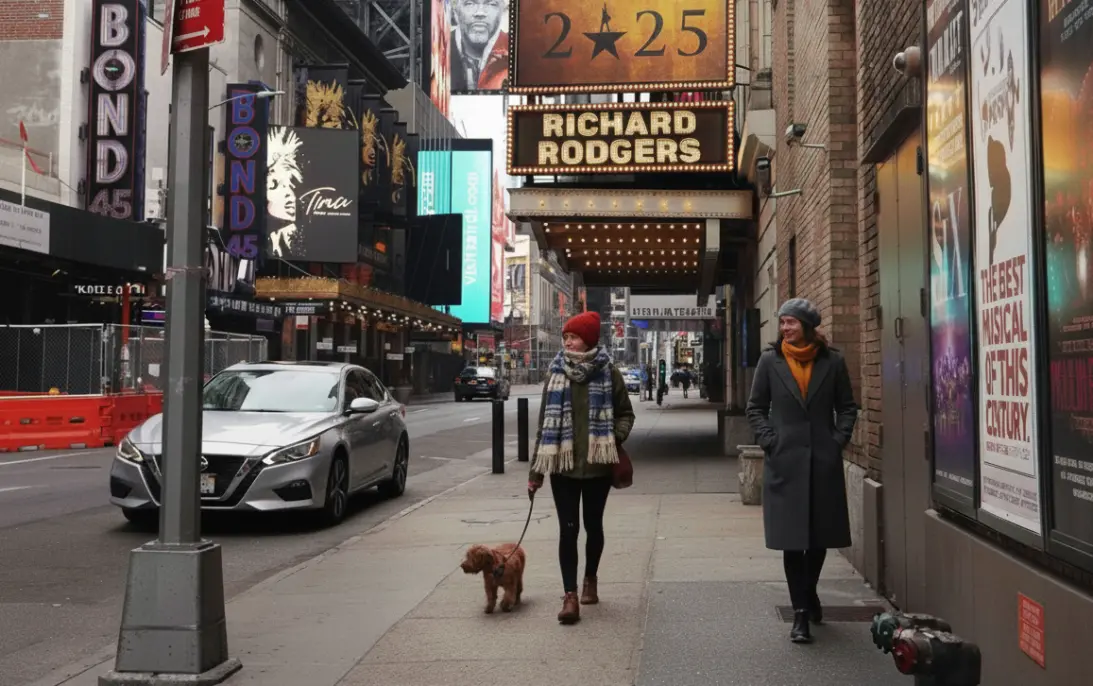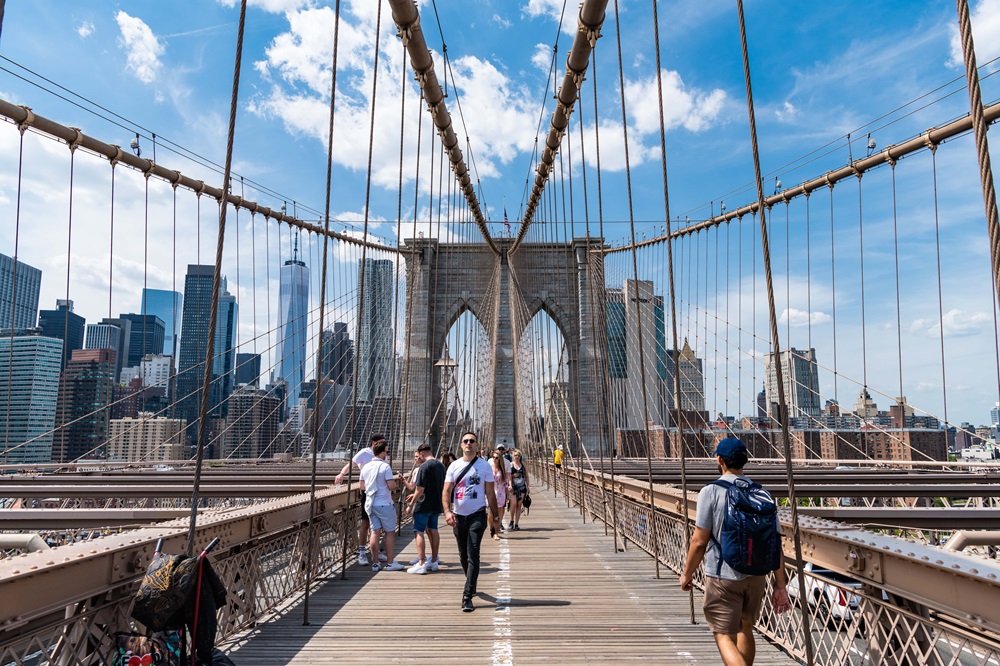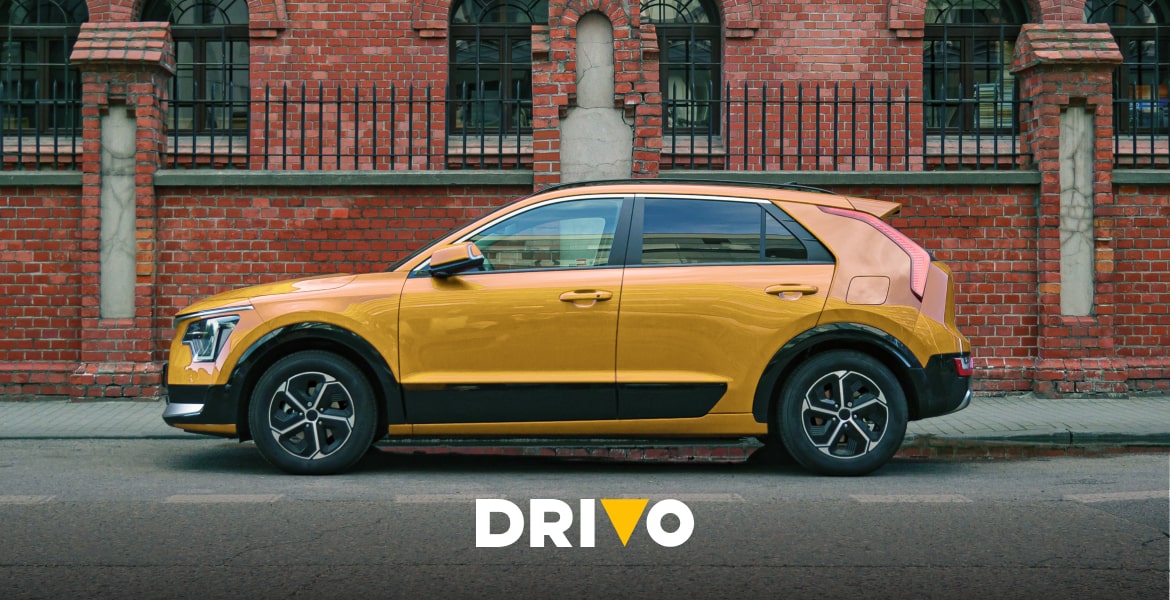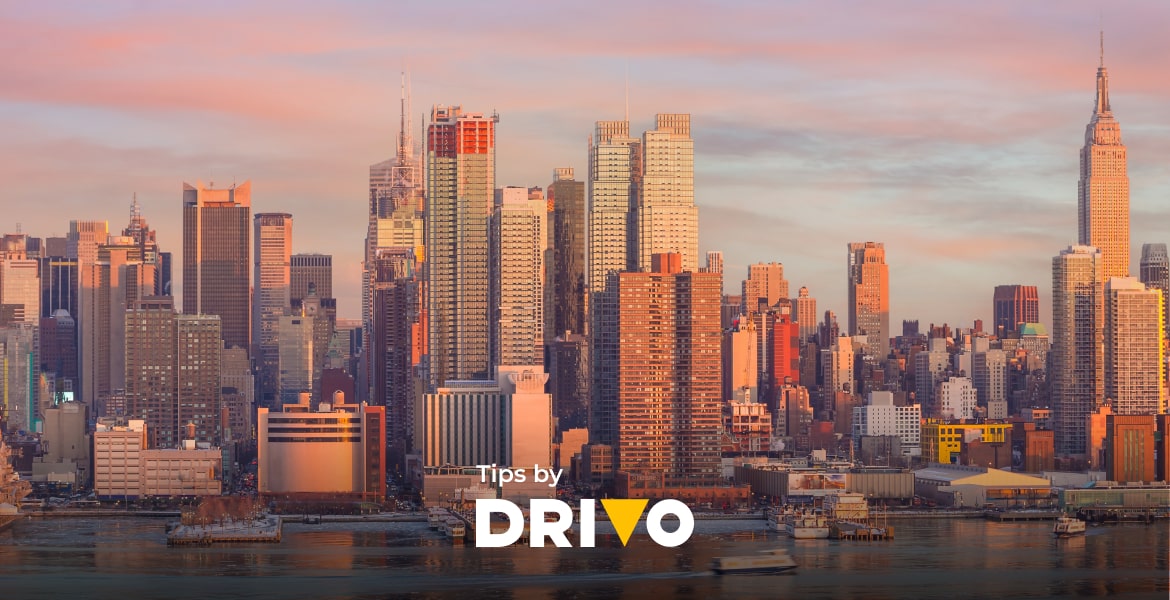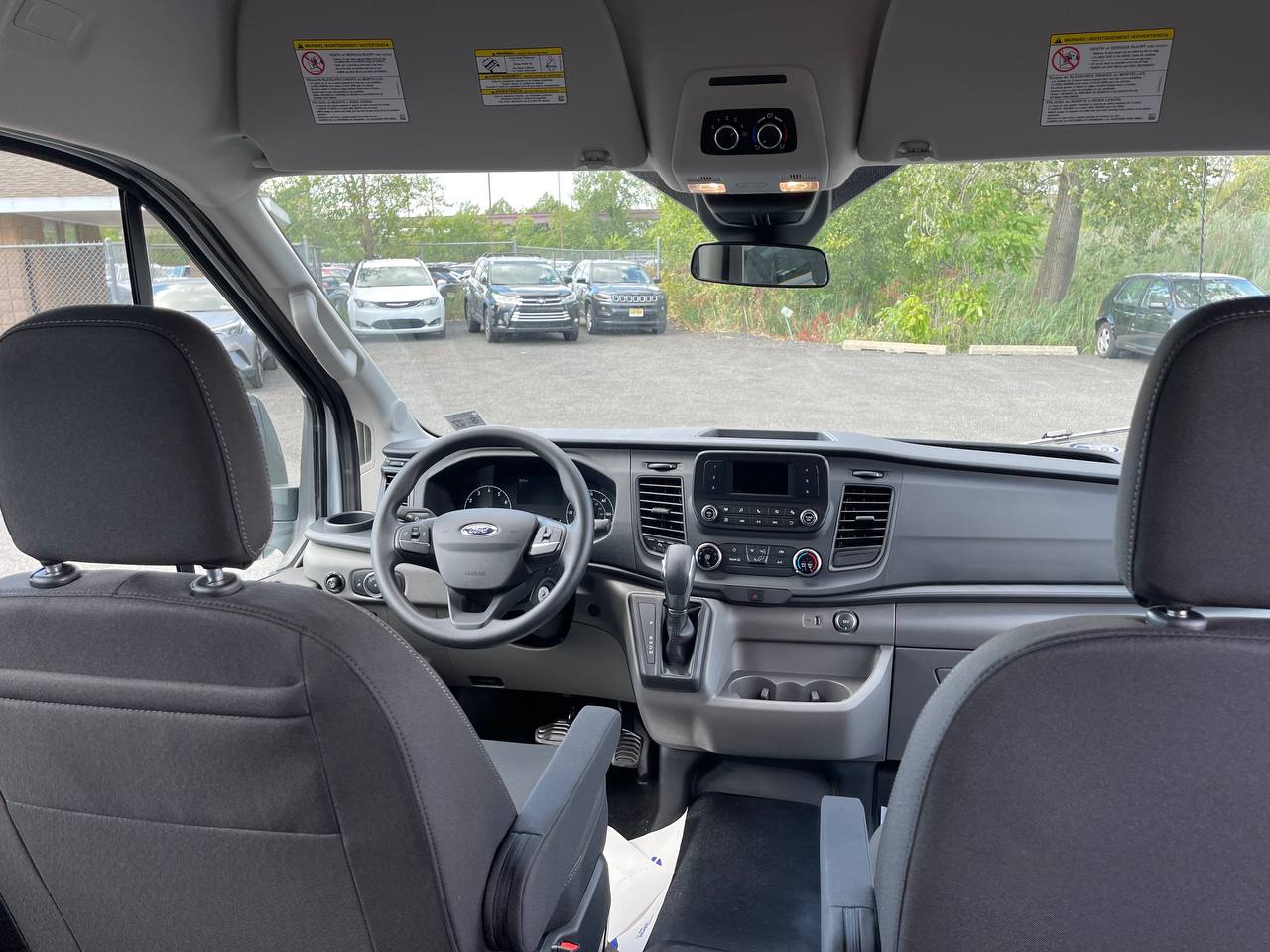Renting a Car versus Using Public Transport
Welcome to Drivo's guide on getting around!
Whether you're considering renting a car or using public transport, especially in bustling urban areas like New York or New Jersey, we're here to help you weigh your options.
In this article, Drivo breaks down the pros and cons of traveling by bus, subway and rental car and compares them so you can make a weighted decision without fuss.
Let’s dig in!
Pros and Cons of Renting a Car

To avoid the pain of traveling in a big city, choose the transportation format that suits your needs and requirements. A lot of people make the choice of renting a car to travel around the metropolis.
We tell you more about the non-obvious advantages and some of the disadvantages you may encounter when getting a rental car.
Advantages
1. Mobility and freedom
Lots of work meetings? Early departure to the airport? Trips out of town, sightseeing, or active shopping? A car perfectly fits all these activities — it will help you get around without depending on the schedule and congestion of buses and subways.
2. Comfort and privacy
In a rental car, you definitely won't have to travel all the way standing because there are no seats left! And also you will not have to put up with noisy or aggressive behavior of other passengers — there will be only people in the car that you let in.
3. Efficiency
You can even save money on a rental car. Yeah, yeah, you heard us right.
If you're traveling as a family or a group, public transportation tickets for everyone will almost certainly cost more than renting. And if you have an active cultural program with a plan to visit all the museums and restaurants of the city, frequent trips on public transport will definitely cost you a lot.
And we've also put together a guide on how to rent your perfect car in NYC in our other article.
Disadvantages
1. Higher price
If you are traveling alone, renting a car will be more expensive for you than taking public transportation. Also calculate separately the expenses for gasoline and parking.
2. Navigation
It can be hard to navigate in a foreign city. Especially if the driver is young and inexperienced. Therefore, there is a possibility of missing the right turn.
3. Environmental impact
Cars generally have a higher environmental footprint compared to public transport. For those conscious of their environmental impact, this might weigh heavily on their decision.
Advantages and disadvantages of public transport
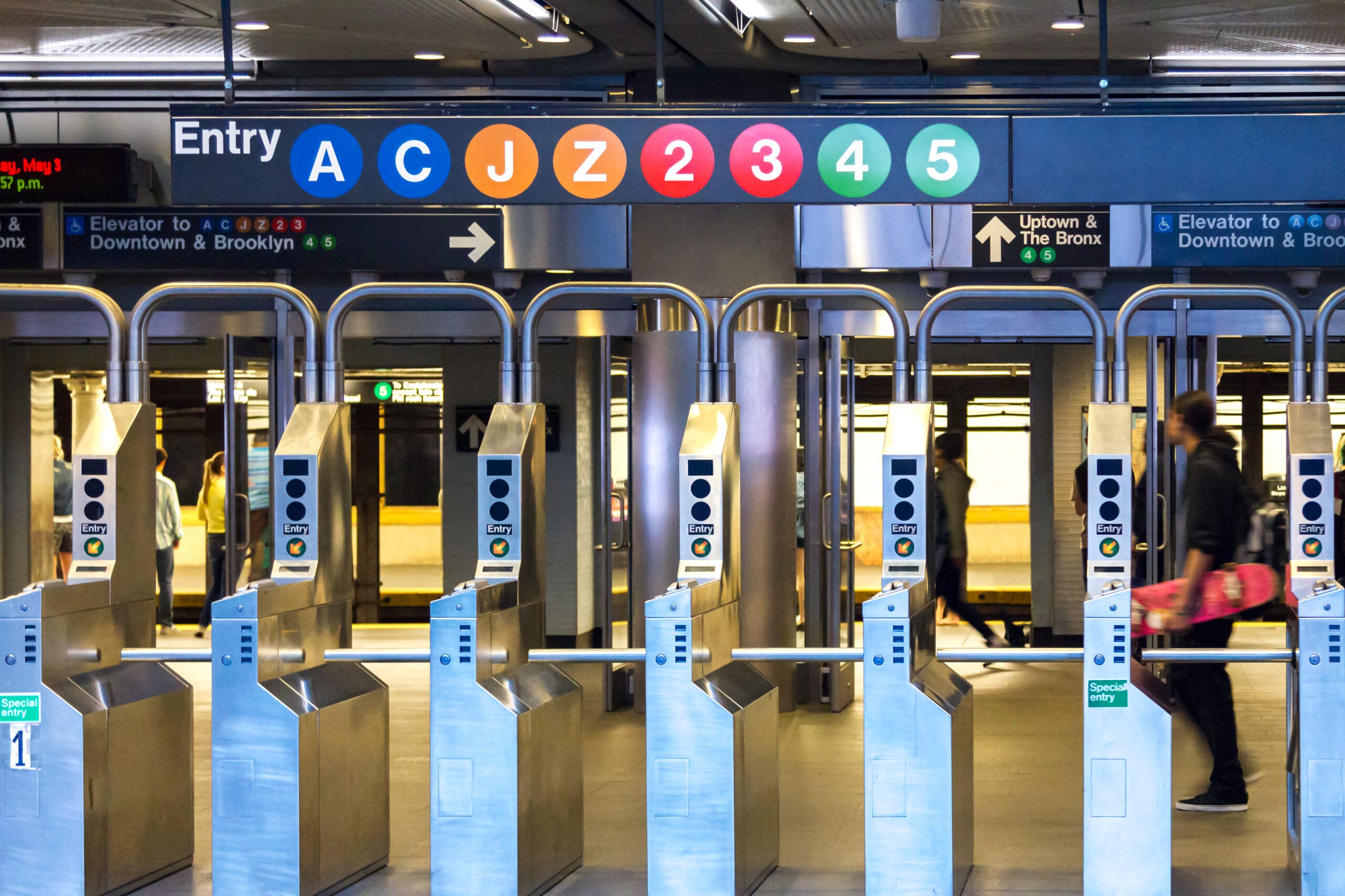
At Drivo, our expertise lies in offering top-notch car rental services, yet we acknowledge the importance of public transportation in city commuting. Here's a breakdown of the benefits and drawbacks of using public transit.
Advantages
-
Cost efficiency
A one way bus ticket for one person will definitely cost less than renting a car. -
Eco-friendly
Choosing public transit helps in lowering the carbon emissions per traveler, making it a greener option compared to using private cars. -
No parking woes
Opting for public transport means you can avoid the difficulties and costs associated with finding parking in bustling urban centers.You get in at a stop and get out at another stop — that's it!
Disadvantages
-
Limited routes and timetables
Unfortunately, the bus only travels a set route, not one that would be convenient for you. This can be quite challenging for people with specific requirements, such as families with young children, elderly travelers, or those with disabilities. -
Crowding
Noise, unpleasant odors, and because of the crowds, sometimes you can even miss your stop. All these are unpleasant consequences of excessive crowding in public transportation. Let me out of here! -
Reduced flexibility
If you are going on an out-of-town trip to all the sights in a large company, be prepared to wait for a long time for buses, their connections, and to do a lot of walking. And some places don't have buses at all, so you can definitely forget about spontaneity.
Comparative Analysis
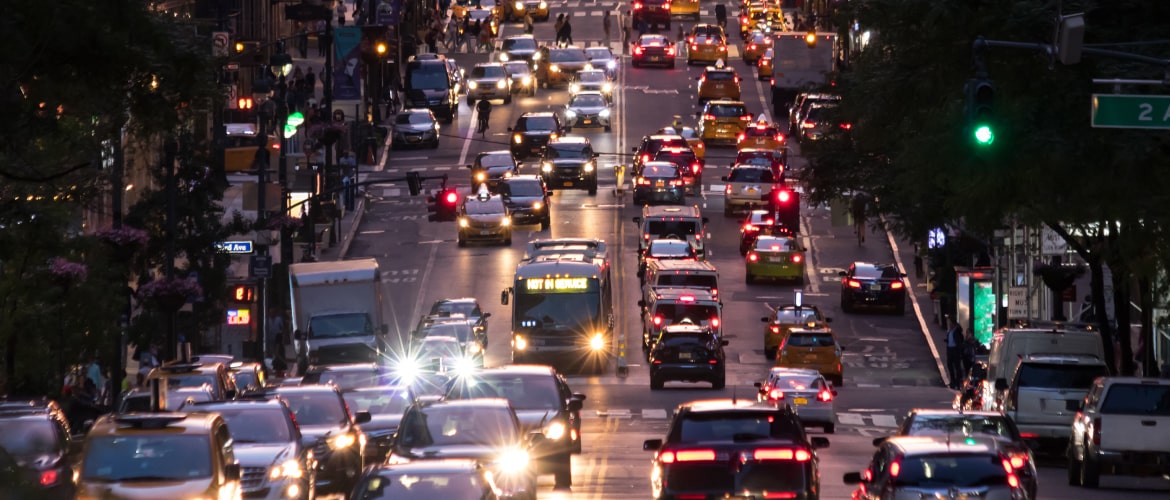
Now let's visually compare public transportation and car rentals.
|
Criteria |
Car Rental |
Public Transport |
|
Cost |
Typically more expensive (fuel, rental fees, parking) |
Generally more affordable |
|
Convenience |
High flexibility with personal travel schedules and routes. Access to any remote locations |
Limited to established routes and schedules. Often requires transfers and waiting times |
|
Comfort |
Private space, personal control over environment (climate, music) |
Crowded, especially during peak times |
|
Environmental impact |
Higher carbon footprint per passenger compared to public options |
Lower carbon footprint due to shared transport reducing overall emissions |
|
Navigation & accessibility |
Freedom to explore without dependency on transit maps and schedules |
No need for personal navigation in unfamiliar areas. Dependency on service availability and accessibility |
|
Parking & traffic |
Challenges in finding parking and dealing with traffic congestion |
No parking hassle, but also can be affected by traffic |
|
Safety & security |
Privacy and control over personal safety |
Safety standards regulated, but increased exposure to public spaces and associated risks |
|
Ease of use |
Immediate access once rented. Involves paperwork and pickup/drop-off |
Simple access in many places with minimal or no prior preparation needed |
Conclusion

In conclusion, although there are some minor disadvantages of renting a car, it is generally more convenient and maneuverable transportation.
A car gives you such benefits as freedom and mobility, peace of mind and personal space. And although public transportation is predominantly better for the environment, the individual is in a more dependent position and is less likely to be able to influence the situation.
So Drivo definitely advises you to rent a vehicle to your liking — like an electric car or a hybrid — and go about your business, owning the situation, the route and managing your time.
tips, straight to your inbox
